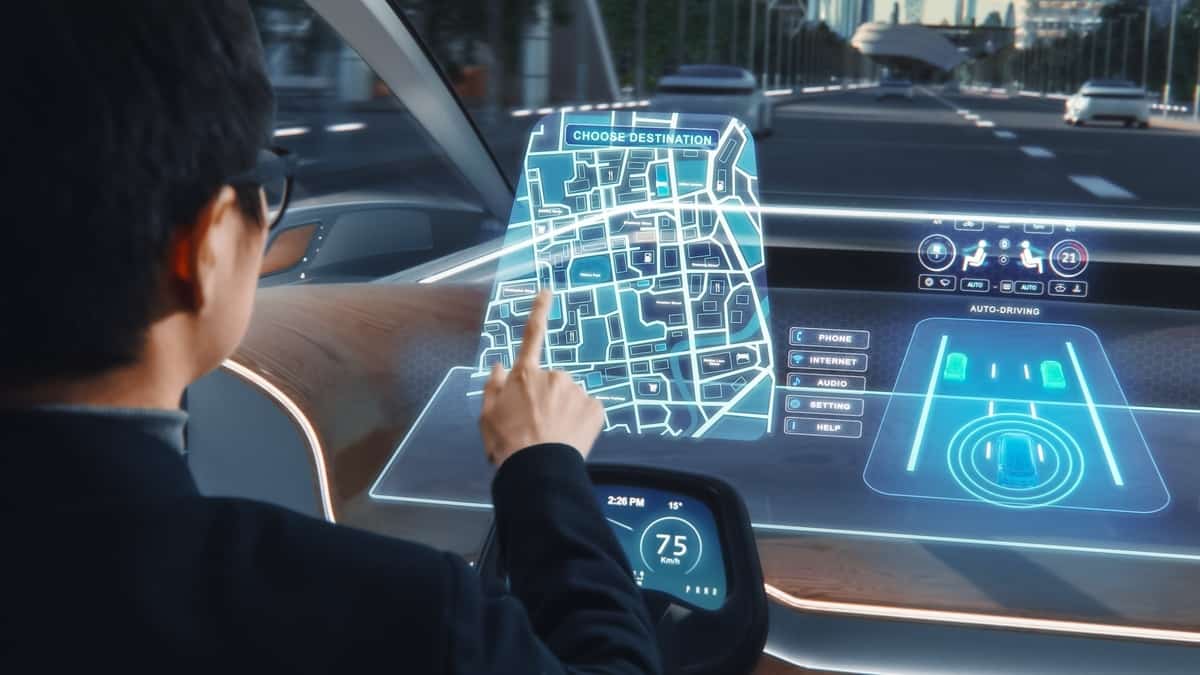German automaker Mercedes-Benz officially became the first brand to offer SAE Level 3 conditionally autonomous driving in the United States, per a press release.
On January 26, the state of Nevada granted Mercedes-Benz’s Drive Pilot the official certificate of compliance on the Nevada Chapter 482A for Autonomous Vehicles.
“In the modern world, time is one of the most precious commodities, and giving back time to our customers is a core element in our strategy to build the world’s most desirable cars. Our DRIVE PILOT takes a major step forward in achieving that, and places us at the very forefront of innovation in the crucially important field of automated driving. DRIVE PILOT demonstrates once more that our pioneering spirit is part of our DNA. Certification in Nevada marks the start of its international rollout and, with it, the dawning of a new era.”
Mercedes Board Member Markus Schäfer
Drive Pilot
As of now, the 2024 Mercedes EQS and 2024 S-Class are the only models equipped with the Drive Pilot system in the US. Apparently, the automaker will deliver the first vehicles in H2 2023.
Remarkably, the Drive Pilot-equipped vehicles are now allowed to drive autonomously in Nevada’s public freeways. It must be noted that the cars can still drive anywhere in the State. Nevertheless, Level 3 autonomy will only be allowed in Nevada.
The Drive Pilot system can run the vehicle at a top speed of 40 mph (64 kph) “on suitable freeway sections and where there is high traffic density.” However, it must be noted that the system still requires the driver’s attention and preparedness to take over at necessary times.
How does the Drive Pilot work?
The Drive Pilot will notify the driver about the system’s availability by the control buttons on the steering wheel rim. Then, the Drive Pilot will control the speed and navigate the car.
The automaker claim that its Advanced driver-assistance systems (ADAS) considered crucial factors such as route profile and traffic signs. Remarkably, the Drive Pilot can also handle unexpected traffic events by evasive maneuvers or braking within its lane.
To make the system safer, Mercedes-Benz developed the Drive Pilot inspired by the Driving Assistance Package’s sensors. It equipped the Drive Pilot-equipped vehicles with additional sensors, including the following: LiDAR, a rear window camera, microphones to detect emergency vehicles, and a wheel sensor to detect road wetness.
Apart from that, it features redundant braking and steering actuators and a redundant onboard electrical system. With these features, the system can still be maneuvered in case of malfunction.
Another interesting feature is that the system will immediately stop the car in a controlled manner while activating the hazard warning lights if the driver fails to take over. Then, its emergency call system will activate, and the doors will automatically unlock to allow access for first responders.
Expansion
Mercedes-Benz targets California as the next state for its SAE Level 3 conditionally automated driving. It has already applied for the certification with the authorities, expecting approval by late 2023.
“Certification in Nevada marks the start of its international rollout and, with it, the dawning of a new era.”
Mercedes Board Member Markus Schäfer
Many people may still believe Mercedes poses no threat to Tesla‘s Full Self-Driving system. However, this significant milestone shows otherwise. Let’s hope that this growing competition will advance vehicle autonomy in general and offer a reliable option for driving.

